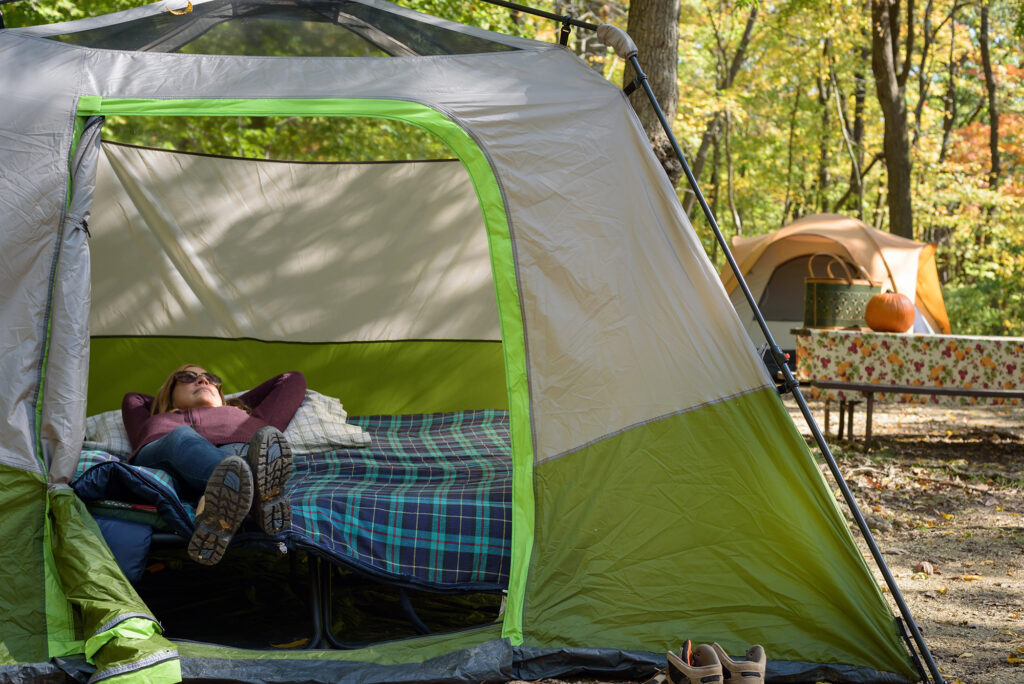
Late summer and early fall are great times to head out for a camping adventure. We easily remember to plan for where and how to get safe drinking water. Campers should also think about how they can protect water sources at their destination for both future visitors and wildlife. Here are 5 easy ways to get started if you are headed out for one night trip, a weekend getaway or even some extended time in nature.
1. Check your destination before you go for information about trash, recycling, and gray water disposal
Keeping campsites clean not only protects water sources, but the entire ecosystem. Some campgrounds may have designated dishwashing areas or drains for disposing of gray water used during dishwashing. Some may offer a recycling center. Knowing before you go and coming prepared can go a long way to following “leave no trace” principles.
2. Keep “human activity” at least 200 feet away from water
This includes activities such as taking a restroom break in the woods, washing camp dishes, or making a campfire. Riparian zones, the narrow transitional zone between land and water, are an important part of the broad ecosystem. These zones often contain plants which thrive in damp conditions and can help mitigate flood risk, naturally filter water, reduce bank erosion, and offer a habitat for diverse animal species.
3. Pick up after your pet
Camping wouldn’t be the same without our furry family members. Some pet waste however contains contaminants harmful to water sources, including phosphorous, nitrogen, bacteria, and parasites. If left on the ground near a water source it can threaten aquatic life and water quality for swimming, boating, and fishing. The Environmental Protection Agency estimates that two days worth of dog waste from about 100 dogs would produce enough pollution to close a beach and all watershed areas within 20 miles of it!
4. If you use soap, choose biodegradable
Make sure your soap is biodegradable and free of phosphates. Phosphates can promote algae blooms in lakes and streams making water unsafe for humans, plants, and animals alike.
5. Make fires in designated areas only
Not only will Smoky the Bear and the local ecosystem thank you, but so will the water treatment operators. Ash left from burning wood is high in phosphorus and can negatively impact water quality.
Let’s all make a positive impact on our waterways as we are out enjoying nature this fall. Whether you are camping just outside of Indiana or in the Montana wilderness, we can share and learn from others about our conservation successes the next time we end our day telling stories at the campfire.
